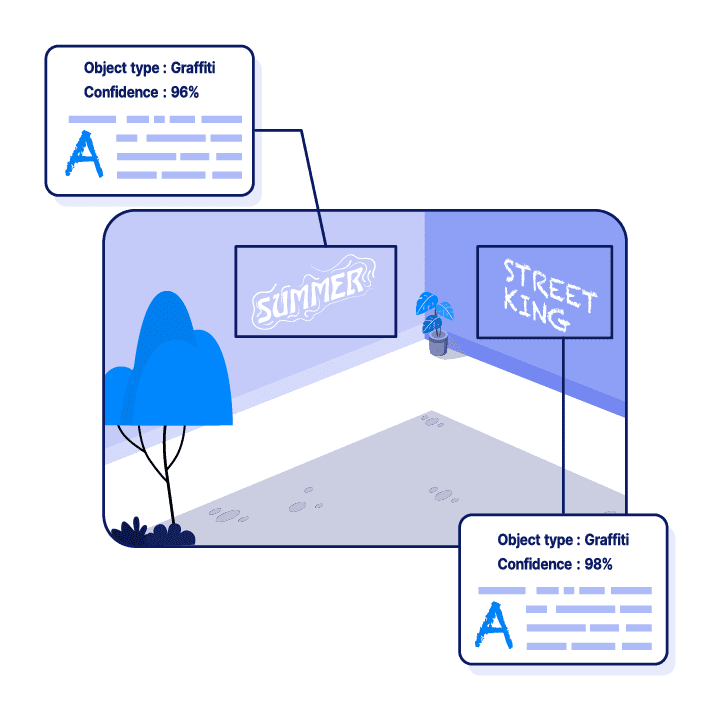Cutting Edge Artificial Intelligence
Each year companies are investing more and more in AI technology. In the short period between 2015 and 2019, the number of enterprises using AI grew by an eye-watering 270%! This trend shows no sign of stopping, and it’s predicted that by 2030, AI could be a 15 trillion dollar industry.
A study of executives found that enhancing features, functions, and performance of products was the primary goal of AI in business. However, the use cases of AI in industry are wide-ranging. You get everything from spam filters, smart email, process automation, surveillance to advanced conversational AI, chatbots, smart personal assistants, and more.
As AI continues to gain popularity, its use cases are expanding and evolving into new areas. But use cases aren’t the only thing that’s evolving. AI itself continues to grow more advanced every year. However, there’s a problem. Approximately 60% of businesses cite a “shortage of data science talent” as the primary barrier to realizing their AI potential. That’s where AI Superior comes in.
What Does It Include?
Deep Learning
- The human brain consists of an advanced network of cells called neurons. Deep Learning, a cutting-edge subfield in machine learning, aims to model algorithms similarly to how the brain does. DL is excellent at adding value through supervised learning from labeled data - something that businesses have a lot of. To put it simply, deep learning can handle more data, create bigger models, and handle more computation. This leads to better algorithms and advanced new insights. Deep learning models are highly flexible and scalable, which means they can continue to advance far beyond their original creation. Studies from McKinsey forecast that several industries might be affected by Deep Learning.
Reinforcement Learning
- Reinforcement Learning is the process of training machine learning models to make the correct decision through punishment and reward. To train the model, the AI usually gets rewards or penalties for each action it performs. Through reinforcement, it becomes better at achieving the desired outcome.
Generative Adversarial Networks (GANs)
- GANs have been described as the "most interesting idea in the last ten years in Machine Learning." GANs can generate new content by learning patterns in the training data. The machine learning algorithm is usually unsupervised and will have two core components. Firstly, it will train to generate new content. Secondly, a discriminator model will try to classify whether that content is real or fake. If you can fool the model, you can have a high degree of confidence in the content.
The AI Superior team developed a web application that allows users to communicate with a Custom LLM through a chatbot interface. This innovation empowers organizations to establish private, hosted
A workplace hygiene solutions company approached AI Superior with a unique task: to create a system capable of autonomously identifying when an area needed cleaning, reducing the need for
In today’s dynamic real estate market, accurately assessing the price of different zones within a city is essential for real estate professionals. However, this task has traditionally been challenging


AI Superior, in collaboration with an Ophthalmology Centre, has developed an advanced deep learning model to estimate the volume of fat and muscle in human eyes using CT and


AI Superior has developed an innovative solution for an insurance company that was seeking to provide usage-based insurance to their customers. Leveraging deep learning algorithms, AI Superior has created


AI Superior has designed an innovative solution for municipalities to rapidly detect and localise graffiti in their cities, using state-of-the-art deep learning algorithms. This real-time, high-accuracy graffiti detection system




- +49 6151 3943489
- info@aisuperior.com
- Robert-Bosch-Str.7, 64293 Darmstadt, Germany
